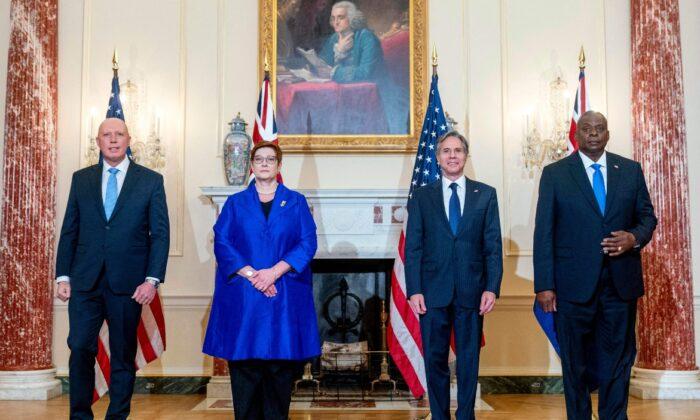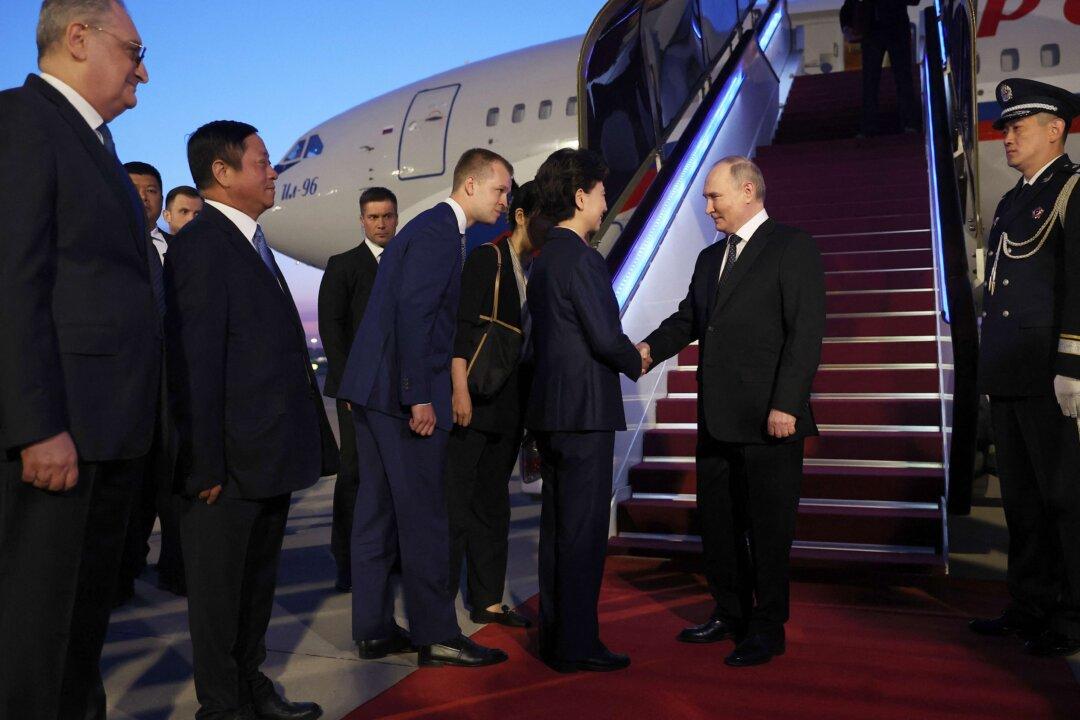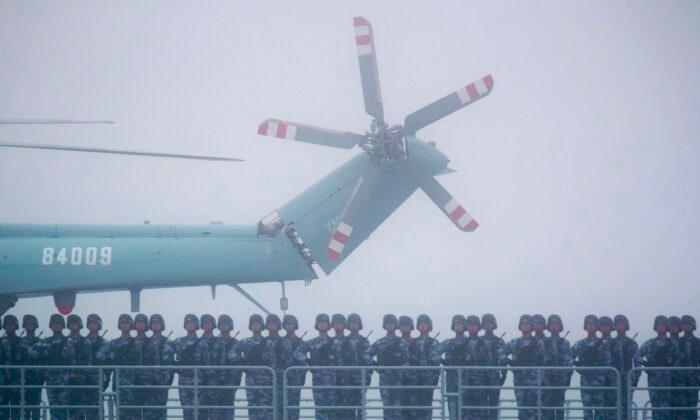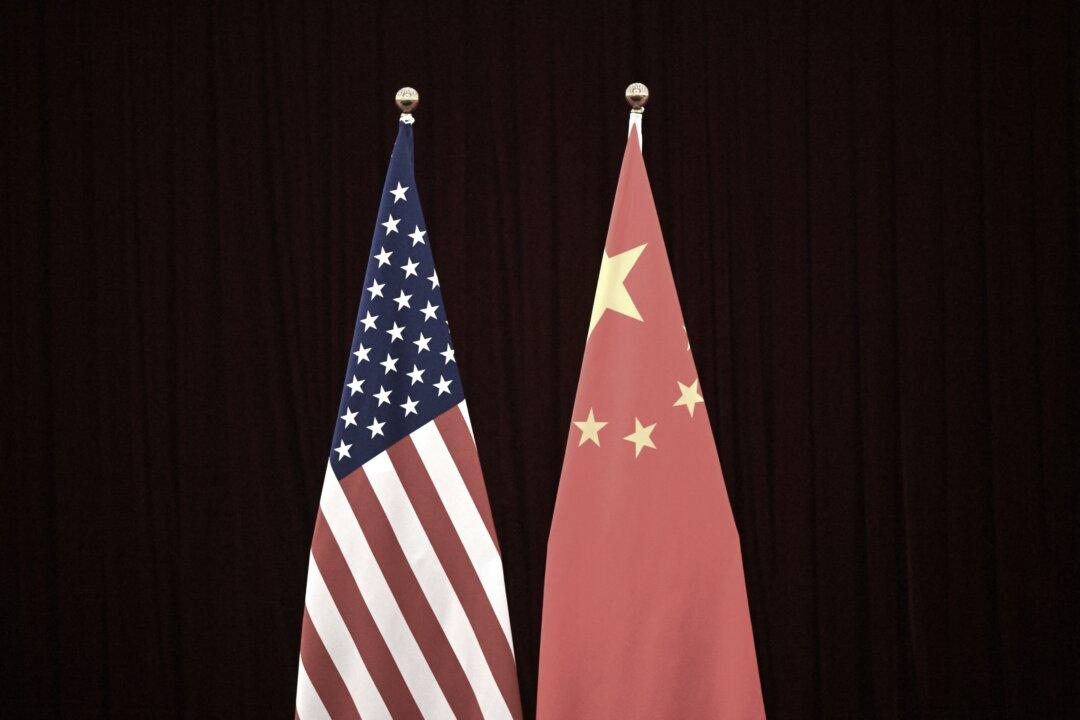Australian Prime Minister Scott Morrison and former Prime Minister Tony Abbott deserve credit for calling attention to the threat from the Chinese regime, supporting the Quad and Taiwan, and for working to reduce Australia’s economic dependence on China. The AUKUS agreement is another important step forward.
While these positive steps have been taken, it is not premature to consider additional measures that Australia and the United States need to take to combat the Chinese regime.
First, Washington must take a page from its success in the Cold War. During that 50-year struggle, the United States persuaded its NATO allies that it was as concerned about British, French, or West German security as the United Kingdom, France, or West Germany were about their own. However, the United States has done little in the Indo-Pacific that is as persuasive as it did in Europe. Thus, the United States must do more to defeat the tremendous growth of the China threat.
Two major points are salient. First, China can strike Australia with conventional or nuclear weapons. Understandably, this threat occupies the mind of the Australian national security community, but the threat is not new. During the Cold War, the Soviets targeted Australian-U.S. facilities at the Joint Defense Facility Pine Gap (near Alice Springs, Northern Territory), the Defense Support Program satellite downlink facility at Nurrungar, South Australia (closed in 1999), and North West Cape Naval Communication (NWCNC, formally known as the Naval Communication Station Harold E. Holt) Station near Perth. This caused considerable domestic political difficulty for the friends of the United States during those years. Similar costs and risks must be expected as security competition with China intensifies. It is up to the United States to ensure that its extended deterrent remains credible.
Second, from the Australian perspective, the U.S.-Australian alliance is rather loose, and reflects considerable unease with the ANZUS Treaty—precisely how far Australia will go to support the United States before being drawn into a conflict with China. This concern has been reflected by senior Australian politicians. Indeed, in the post-Cold War period, the United states and Australia have a closer relationship outside of the Indo-Pacific space than within it. This has to change.
To make the alliance tighter, it needs to be increasingly institutionalized. Five measures should be taken. First, the two states should use the U.S. relationship with Japan as a model to create a Joint Strategic Concept for ANZUS and beyond. This would have to address key issues, such as defining the relationship between Australian and U.S. long-range strike forces for defense of Australia. Another model is the Radford-Collins Agreement of March 1951, where the Royal Australian Navy (RAN) under Vice Admiral John Collins and U.S. Pacific Fleet Admiral Arthur Radford defined what the Australian Navy would do to support the U.S. Navy in war with the Soviet Union. Radford-Collins was a simple and straightforward agreement of seven pages that established a working relationship between the navies, and was in place before ANZUS was signed on Sept. 1, 1951. Similar agreements between, and among, the U.S. and Australian services should be in place today, including to ensure that Australia would serve logistical and support facilities for the United States and other allies, as it did in World War II.
Second, the equivalent of NATO’s North Atlantic Cooperation Council (NACC) should be established to cement the alliance and forge its Joint Strategic Concept (or Defense Planning Guidelines as with Japan) to address the hard issues directly—such as when there is a crisis and how it will be addressed; what the command and control would be, and what bases would be opened to the United States; and Australia would protect sea lanes to theses latitudes and longitudes. This would be an important step toward a tighter alliance relationship, along the lines of the NATO model that would include the Quad states, among others.

Third, the United States needs to make permanent its deployments, exercises, and use of Australia’s ranges to solidify the relationship. The U.S. Marine military presence in Darwin, Northern Territory (Robertson Barracks) is welcome, but additional U.S. forces should be deployed, including on the Cocos Islands in the Indian Ocean. These bases will provide logistical and training support for U.S. and other allied forces in the region. In the spirit of AUKUS, more frequent port calls by the U.S. Navy will surface and submarine assets will be a component of this expansion, which will be supported by most of Australia’s political parties.
Fourth, the expansion of U.S. and Australian military cooperation must include Australian naval assets attached to the U.S. Navy for joint patrol missions, Freedom of Navigation Operations (FONOPs) in the South China Sea, as well as joint FONOPs with Japan and India in the East China Sea. Naval cooperation among the United States, Australia, Japan, and India should become a common feature of global politics, and should apply within the Indian Ocean and to Antarctica, as well.
Fifth, there should be significant Australian military deployments in the region. This should entail a forward-based Australian air and ground forces in Guam and Taiwan, and port visits by the RAN. There has been a significant reluctance in Australia to be tied to the defense of Japanese territory, such as the Senkaku Islands in the East China Sea, given a common Australian conception that its security is not directly tied to Japanese security. However, the scope of the threat from the Chinese regime is so great that all of the allies need to work together—indivisibly—to defend their interests from a threat that welcomes nothing more than the chance to play them against each other.
Strengthening the alliance relationship with Australia requires focused U.S. leadership to build upon the proud history, prodigious talent, and existing cooperation. Ultimately, capitalizing on success will depend upon the Biden administration’s decision to do so.





